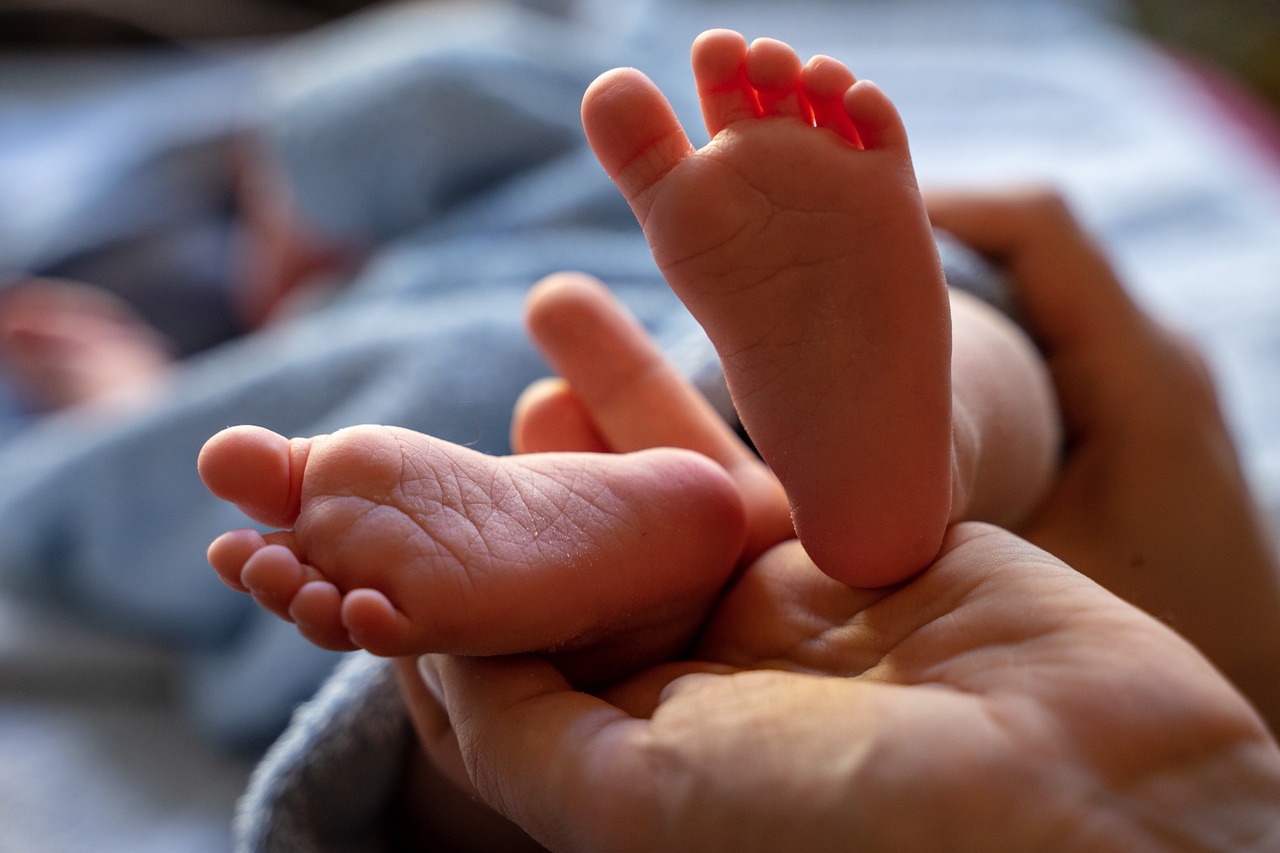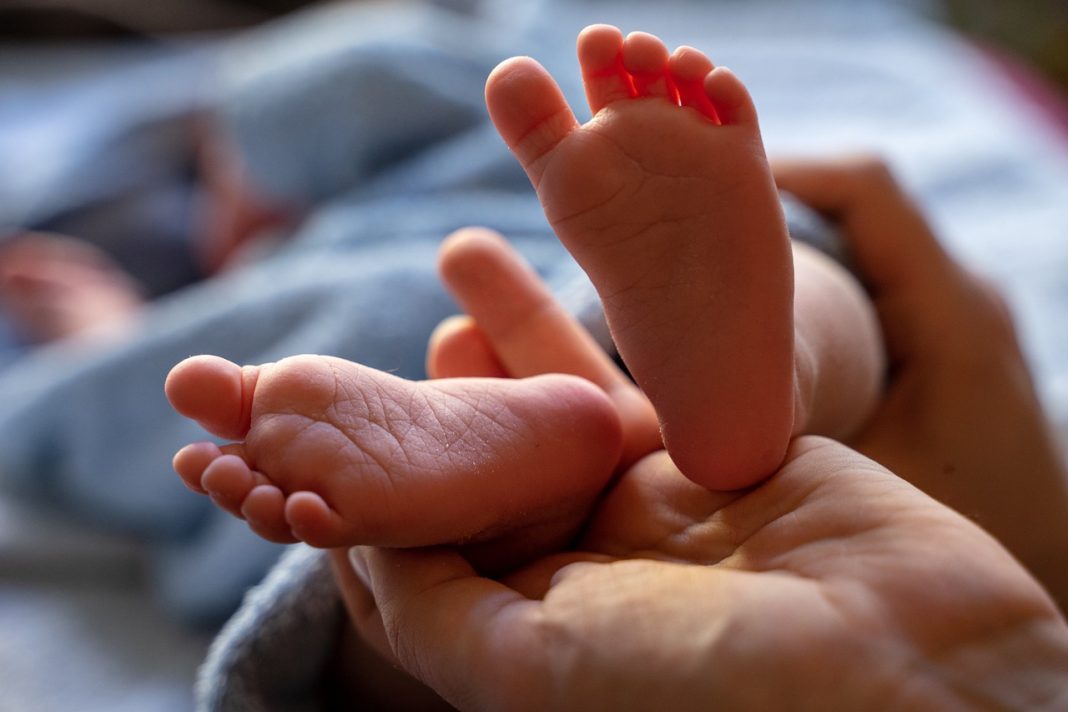
As parents, we all want our children to have a good night’s sleep. However, many children struggle with sleep disorders that can affect their health, behavior, and academic performance. Understanding the various sleep disorders that affect children, their causes, and potential treatments can help parents and healthcare professionals provide better care for children. In this article, we will provide a professional overview of kids’ sleep habits and disorders, including common types of sleep disorders, their symptoms, and treatment options. We will also discuss the importance of healthy sleep habits and how parents can help their children establish good sleep routines.
1. Introduction: Understanding Kids’ Sleep Habits and Disorders
Children’s sleep habits and disorders have been a topic of interest for researchers and parents alike. As parents, we all want our children to have a good night’s sleep to help them grow and develop. However, it is not always easy to understand their sleep patterns and when to seek help if there are any sleep disorders.
Sleep disorders in children can affect their health, behavior, and overall well-being. It is essential to understand the different types of sleep disorders that children may experience, such as sleep apnea, insomnia, and restless leg syndrome. This understanding can help parents identify the symptoms and seek appropriate medical help. In this post, we will explore the different types of sleep disorders in children, their symptoms, and what parents can do to help their children get a good night’s sleep.
2. Common Sleep Disorders in Children: Causes and Symptoms
There are several sleep disorders that commonly affect children. Understanding the causes and symptoms of these disorders can help parents and caregivers identify when a child is experiencing sleep issues and seek appropriate treatment.
- Obstructive Sleep Apnea (OSA): OSA occurs when a child’s airway becomes partially or completely blocked during sleep, leading to interrupted breathing and snoring. Causes of OSA in children include enlarged tonsils or adenoids, obesity, and certain genetic conditions. Symptoms of OSA in children may include snoring, gasping or choking during sleep, restless sleep, and daytime fatigue.
- Night Terrors: Night terrors are episodes of intense fear or terror that occur during sleep, usually in the first few hours after falling asleep. They are more common in children aged 3-7 and are often caused by stress, anxiety, or a lack of sleep. Symptoms of night terrors may include screaming, sweating, rapid heart rate, and confusion or disorientation upon waking.
- Insomnia: Insomnia is a sleep disorder characterized by difficulty falling asleep or staying asleep. Causes of insomnia in children may include anxiety, stress, and certain medical conditions. Symptoms of insomnia in children may include difficulty falling asleep, waking up frequently during the night, and daytime fatigue or irritability.
Other common sleep disorders in children include sleepwalking, restless leg syndrome, and narcolepsy. If you suspect that your child is experiencing a sleep disorder, it is important to consult with a healthcare provider for proper diagnosis and treatment.
3. Diagnosis and Treatment of Sleep Disorders in Children: A Professional Perspective
Diagnosing sleep disorders in children can be challenging as they may not be able to articulate their symptoms accurately. The first step in diagnosis is a thorough evaluation of the child’s medical history and sleep patterns. This may involve keeping a sleep diary and conducting a physical examination. In some cases, a sleep study may be necessary to assess the child’s breathing, heart rate, and brain activity during sleep.
Once a diagnosis is made, treatment options will depend on the specific sleep disorder. For example, if the child has obstructive sleep apnea, treatment may involve removing the tonsils and adenoids or using a continuous positive airway pressure (CPAP) machine. For children with insomnia, behavioral therapy may be recommended, such as establishing a consistent bedtime routine and limiting screen time before bed. Medications may also be prescribed in some cases, but this is typically a last resort and only used under close medical supervision.
- Key Points:
- Diagnosing sleep disorders in children can be challenging.
- A thorough evaluation of the child’s medical history and sleep patterns is necessary.
- Treatment options depend on the specific sleep disorder.
- Behavioral therapy is often recommended for children with insomnia.
- Medications are typically a last resort and only used under close medical supervision.
In conclusion, it is important for parents and caregivers to be aware of their children’s sleep habits and to seek professional help if they suspect a sleep disorder. While many sleep disorders are treatable, they can have serious consequences if left untreated. By understanding the importance of sleep and promoting healthy sleep habits, parents and caregivers can help ensure that their children get the rest they need to thrive. With the help of healthcare professionals and a commitment to good sleep hygiene, children can overcome sleep disorders and enjoy the benefits of a good night’s sleep.








